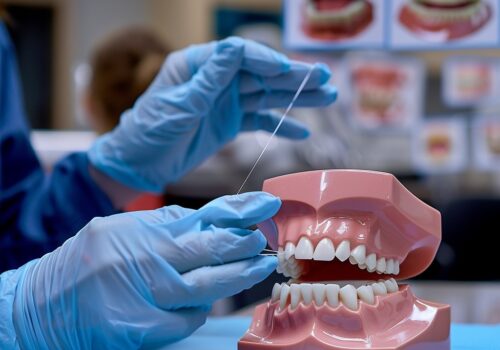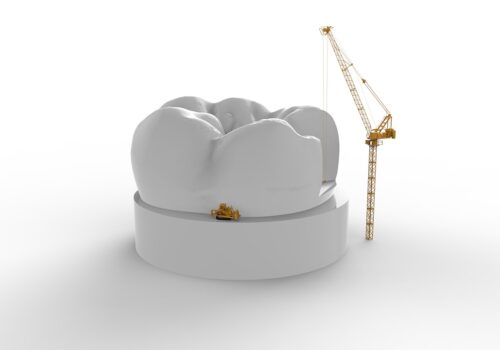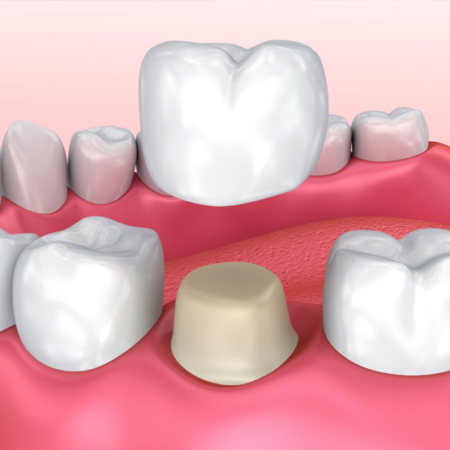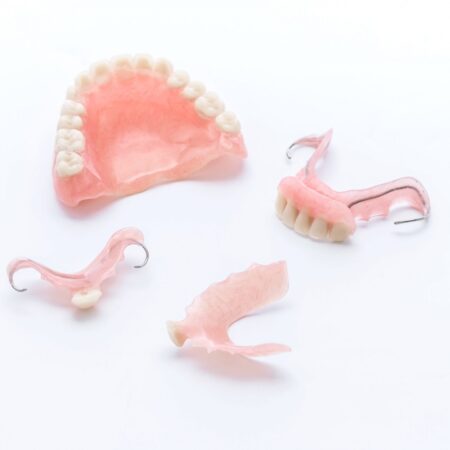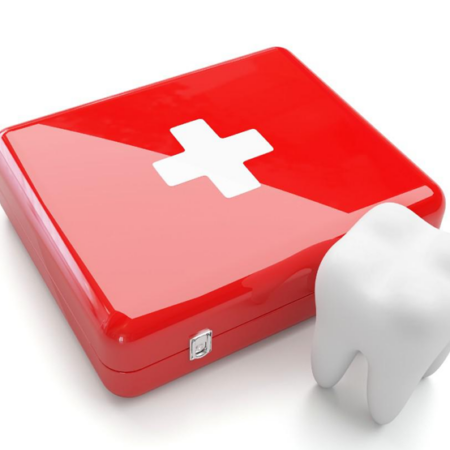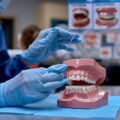Restorative and Esthetic Dentistry: Enhancing Function and Beauty

Restorative and esthetic dentistry are two interrelated fields that aim to improve both the function and appearance of your smile. Whether you’re dealing with damaged teeth or seeking a cosmetic upgrade, these dental specialties offer solutions that can enhance your oral health and boost your confidence. This blog will explore the latest advancements in restorative and esthetic dentistry and how they can benefit you.
What is Restorative Dentistry?
Restorative dentistry focuses on repairing and restoring damaged or missing teeth. It aims to restore optimal function and health to your mouth. Common restorative procedures include:
- Dental Fillings: Used to treat cavities and prevent further decay. Modern fillings are often made from composite resins that blend seamlessly with your natural teeth.
- Crowns: These are placed over a tooth that is too damaged for a filling. Crowns provide strength and protect the tooth from further damage.
- Bridges: A bridge replaces one or more missing teeth by anchoring a false tooth to adjacent teeth or implants.
- Dentures: Removable appliances designed to replace missing teeth and restore functionality and aesthetics.
- Implants: Titanium posts surgically placed into the jawbone to serve as a foundation for replacement teeth. They offer a durable and long-lasting solution.
What is Esthetic Dentistry?
Esthetic dentistry, also known as cosmetic dentistry, focuses on improving the appearance of your teeth, gums, and smile. It enhances the overall look of your smile while maintaining functionality. Popular esthetic procedures include:
- Teeth Whitening: A popular treatment that brightens teeth and removes stains or discoloration, offering a more radiant smile.
- Veneers: Thin, custom-made shells of porcelain or composite resin that cover the front surface of teeth to correct imperfections such as gaps, chips, or discoloration.
- Bonding: A procedure where a tooth-colored resin is applied to repair minor imperfections, such as cracks or chips, and improve the appearance of the teeth.
- Invisalign: Clear aligners used to straighten teeth discreetly, offering a comfortable and aesthetically pleasing alternative to traditional metal braces.
- Gum Contouring: A procedure to reshape the gums and create a more balanced and attractive gum line.
Combining Restorative and Esthetic Dentistry
The synergy between restorative and esthetic dentistry allows for comprehensive treatment plans that address both function and appearance. For instance, a patient with a damaged tooth might receive a crown that not only restores its strength but also enhances its appearance to blend seamlessly with surrounding teeth.
Why Choose Restorative and Esthetic Dentistry?
- Improved Functionality: Restorative procedures ensure that your teeth function properly, allowing you to eat, speak, and smile with confidence.
- Enhanced Appearance: Esthetic treatments can transform your smile, boosting your self-esteem and overall appearance.
- Long-Term Benefits: Many restorative and esthetic treatments are durable and provide long-lasting results, making them a worthwhile investment in your oral health.
Conclusion
Restorative and esthetic dentistry offer valuable solutions for maintaining and enhancing your smile. By addressing both functional and aesthetic concerns, these treatments can help you achieve optimal oral health and a beautiful, confident smile. If you’re considering any of these procedures, consult with a qualified dental professional to explore your options and create a personalized treatment plan.
Call to Action
Ready to transform your smile? Visit our website for more insights into restorative and esthetic dentistry. Stay tuned for more updates and tips on how to achieve and maintain a perfect smile!




